Do call it a comeback. Oberheim returns to the world of synthesizers – both for those who love the name, and a new generation discovering it for the first time. And the instrument to mark the occasion is an 8-voice dream synth.
So for those deciphering the teasers and leaks, yes, the OB-X8 builds on some familiar legacy. But what founder Tom Oberheim and team have done is to mix together three 80s classics – the OB-X, OB-Xa, and OB-8 – into a new 8-voice, all-analog polysynth.
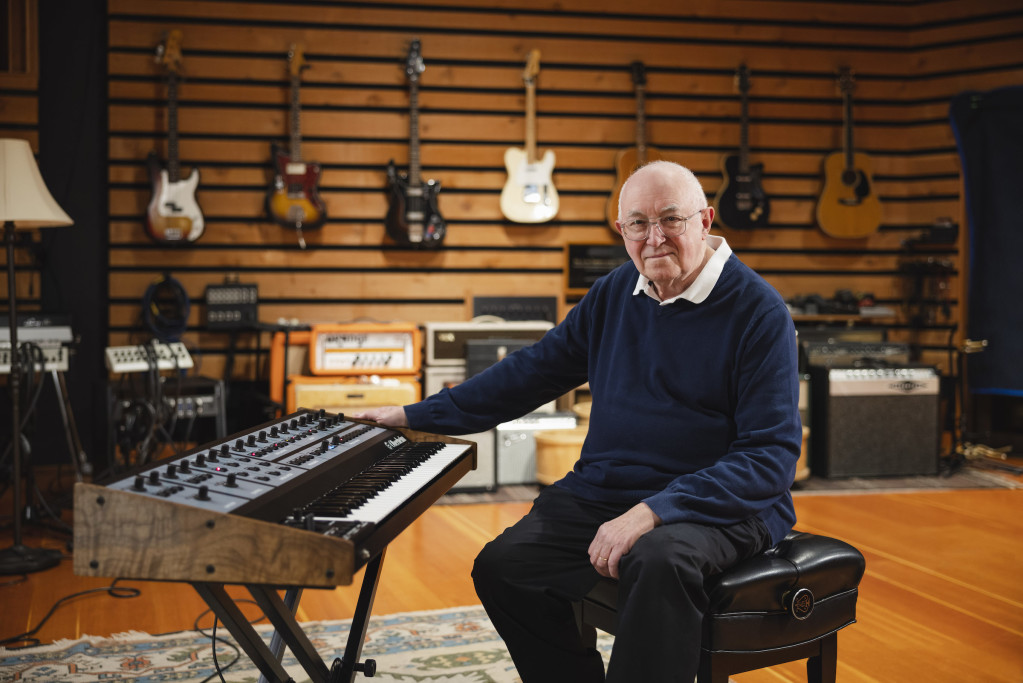
It’s a momentous landmark in synth history because Oberheim Electronics – founded in 1989 – ceased operation in 1985. So yeah, there have been some flukes here and there – limited-run instruments and co-creations under other names. But this is a full synth launch under Tom’s own name for the first time in over 35 years.
You’ll spot Sequential’s name come up again – they’ve partnered with Dave Smith’s Sequential, which is now a Focusrite group company, in order to “design, manufacture, distribute, and support new instruments on a global scale.” But that means bringing the whole band back together – Tom, working with Dave Smith (with whom Oberheim helped create the MIDI standard), Marcus Ryle of both Oberheim and Alesis fame, and the full team.
No, I’m not reaching into my pockets and buying this one – US minimum advertised pricing is US$4995. But this is one for history, and one the rest of us I’m sure will work to borrow or find at a synth library or at least admire from afar.
Coming end of June.
I could copy all the lavish praise from famous people, but let’s skip ahead to specs. The basics:
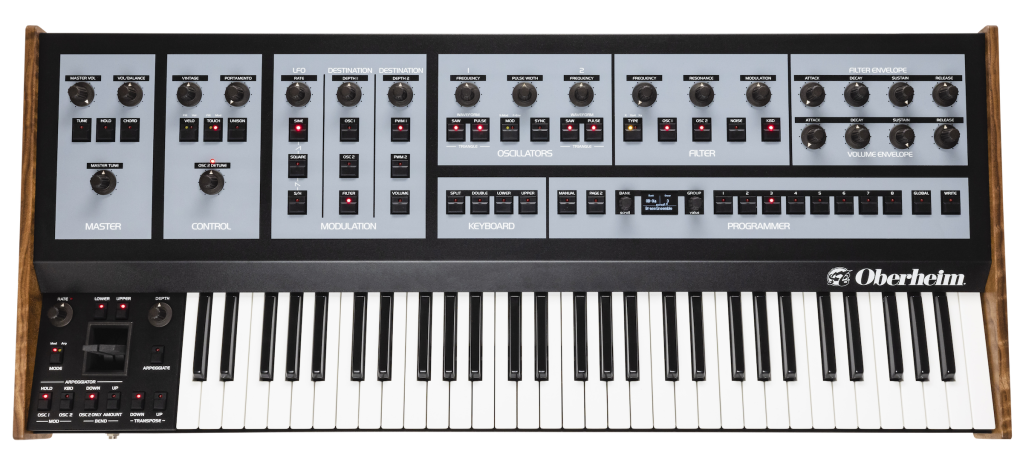
- 8-voice pure-analog polyphony (sine, saw, tri, noise)
- Two discrete SEM/OB-X-style VCOs per voice
- Discrete SEM-derived analog filters
- Curtis filters
- Envelopes modeled after each OB – -X, -Xa, and -8
- Bi-timbral for splits and doubles
- Full factory sounds from each original, and new sounds – 400 in total
- Walnut panels
- High-res OLED display
- Classic pitch and mod levers, as on the originals
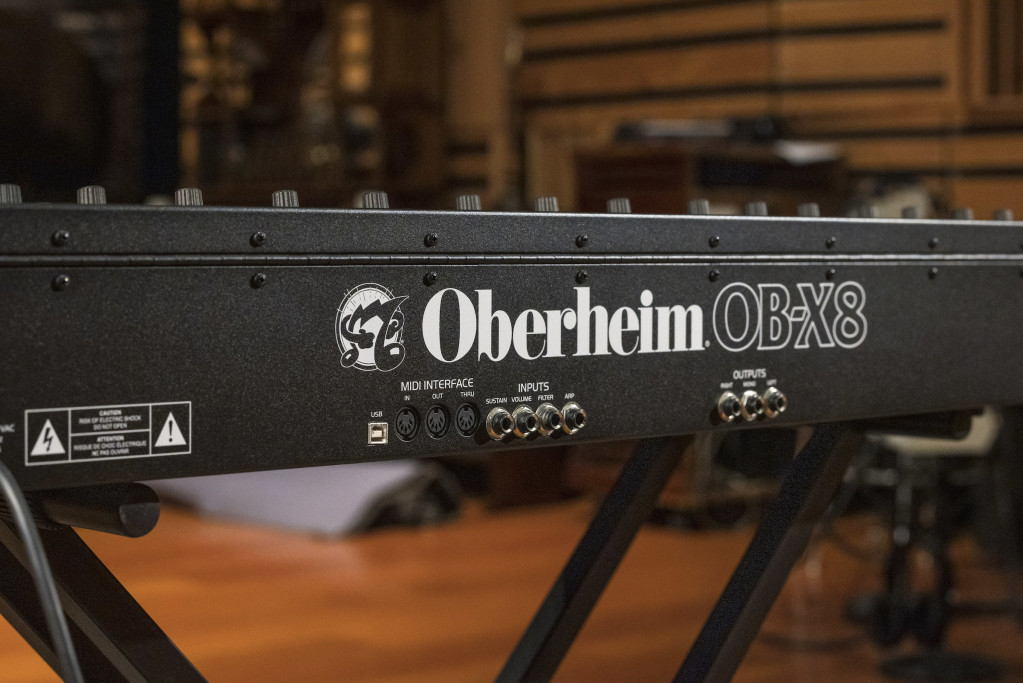
So what’s new?
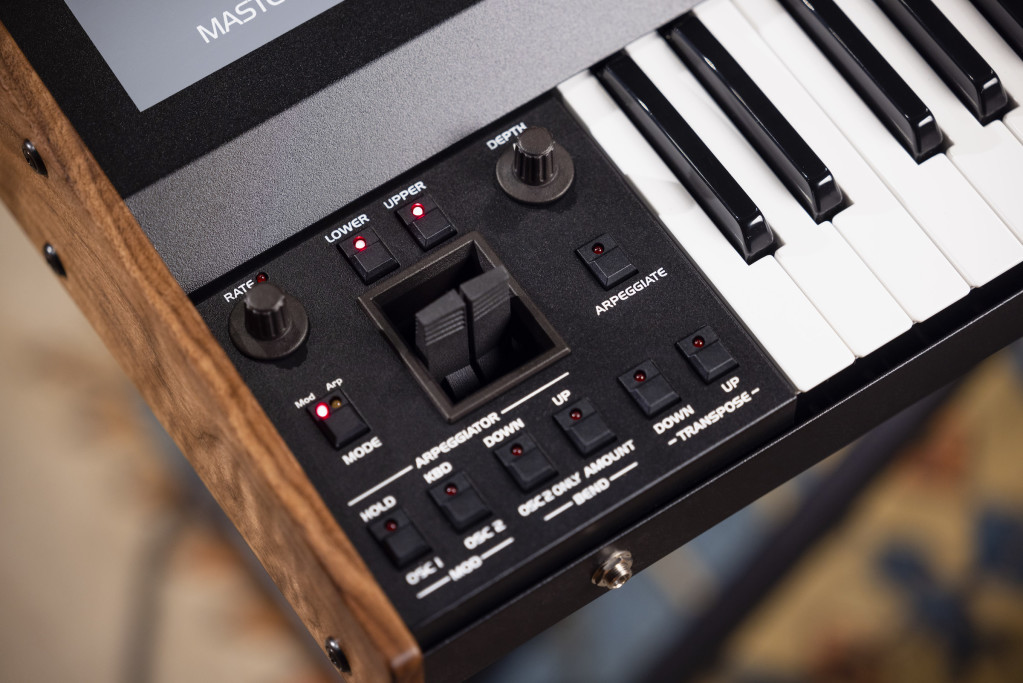
- Extra SEM filter modes – high-pass, band-pass, notch
- Variable vintage knob (as we’ve seen on other Oberheim and Sequential instruments, letting you dial in how old-school you want it to sound)
- Velocity sensitivity, well because it isn’t the early 80s anymore – and there’s a 61-key keyboard to match
- Channel aftertouch (sorry, no MPE, etc., though I’ll ask about sending that externally to it)
- Enhanced unison – stack from 1-8 voices
- 600 user presets
- Per-voice pan so you can create your own stereo field
- Variable oscillator and noise levels
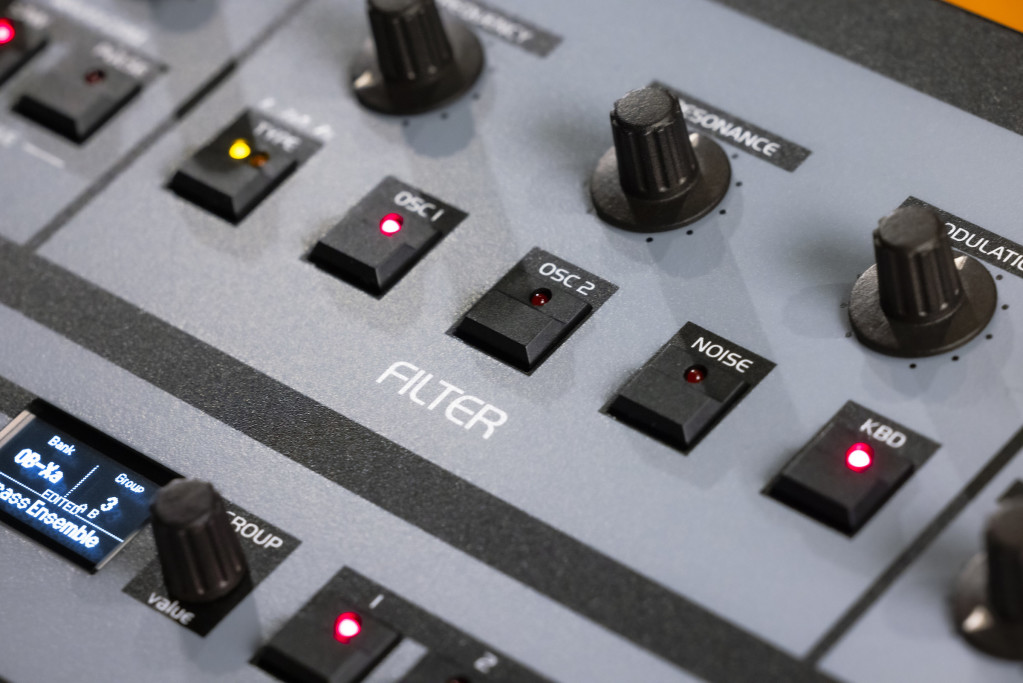
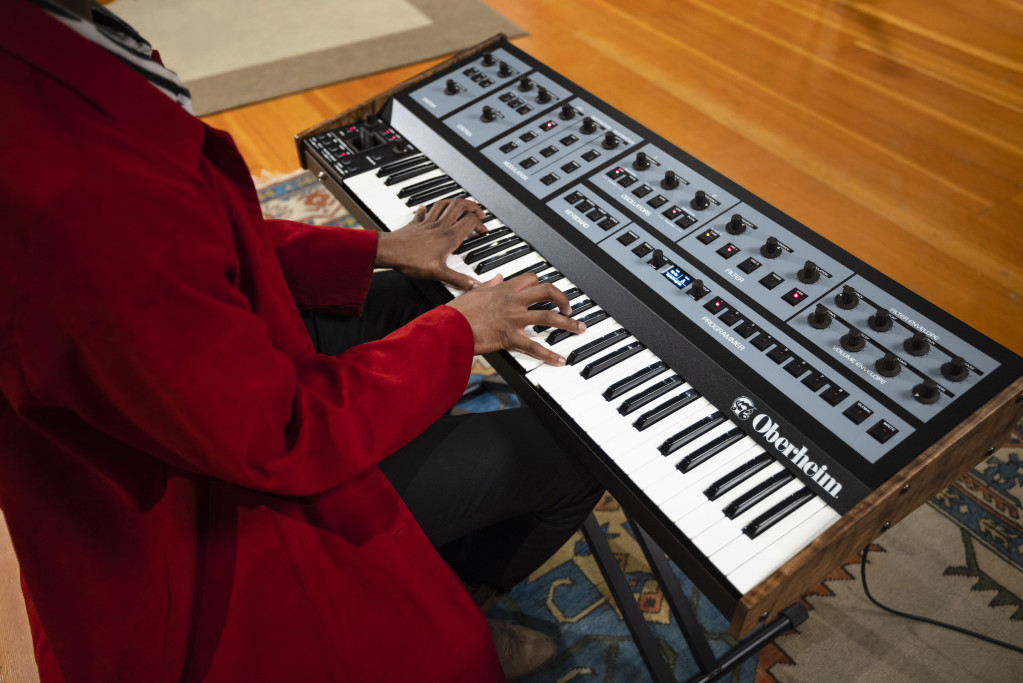
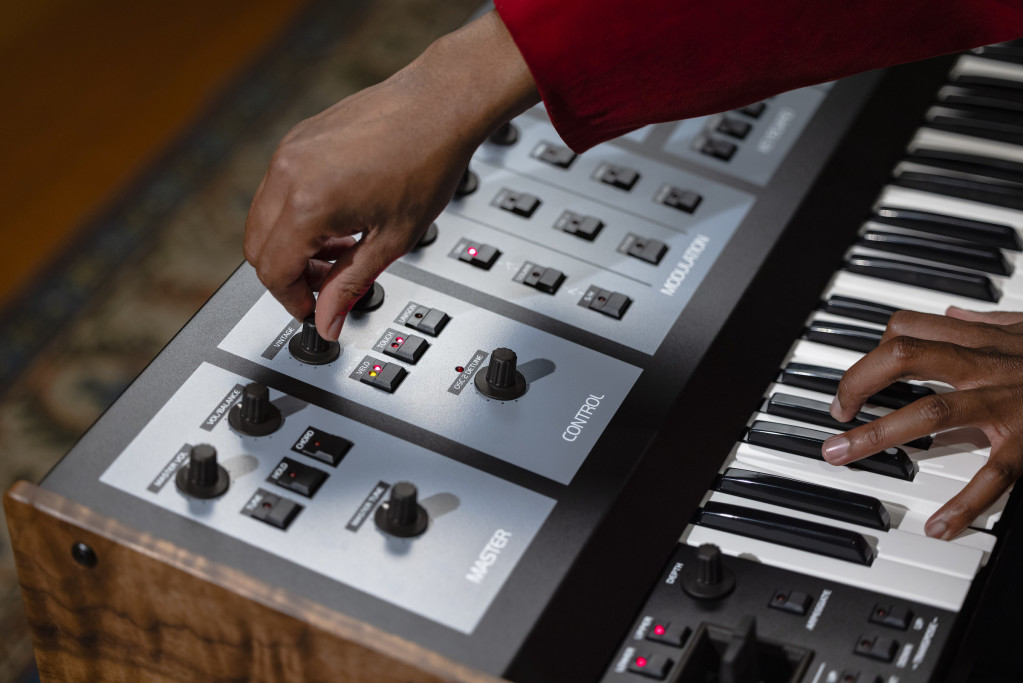
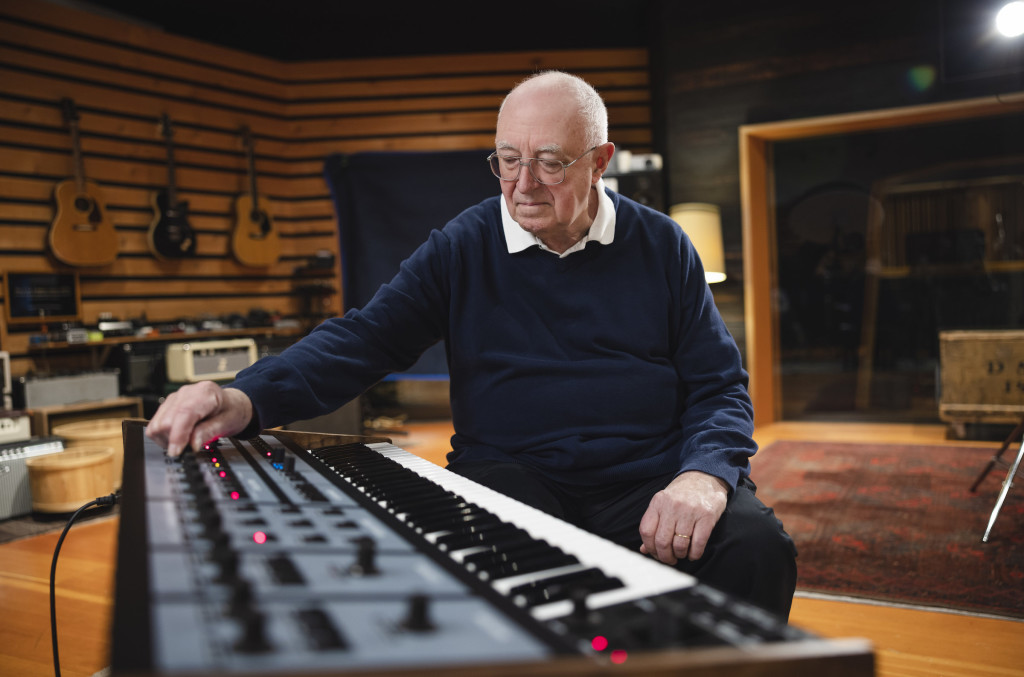
It’s all in just under 15 kg, with MIDI in + out + through, arpeggiator clock in, USB.
There’s ample modulation – six waveforms you can route to a variety of locations. And just having the ability to split the keyboard I expect will be useful for live use and improvisation.
It’s a real luxury item, and a nice addition to the range of what Sequential offers.
More info:
And don’t miss our exclusive hands-on (for people who like to read and who like pristine audio samples, both!) with sound designer Francis Preve, who has spent a month making factory sounds for this beast.
Photos courtesy Sequential.